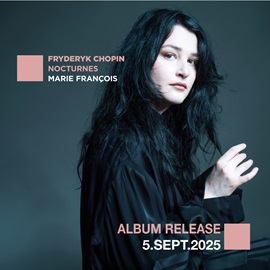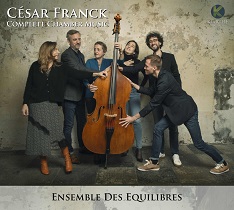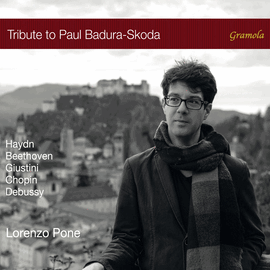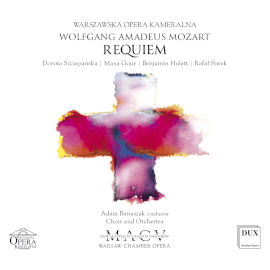Diese Gesamtaufnahme der Kammermusikwerke von César Franck – die zweite bereits nach jener von Fuga Libera – stellt die wunderbare und immer noch nicht genügend geschätzte Kammermusik von César Franck so vor, dass man sich nicht satt daran hören kann. Vor allem zeigt sich Franck als ein ebenso vielseitiger wie phantasievoller Komponist, wenn es darum geht, die verschiedenen Instrumente in seiner Musik auszuprobieren.
Und in diesen Aufnahmen kann man nur ins Schwärmen geraten, sei es beim Klavierquintett, den Klaviertrios, dem Streichquartett oder dem Grand Trio, das Franck als 11-Jähriger komponierte.
Das französische Ensemble Des Equilibres will sich keinem fixen Repertoire verschreiben sondern zeigt sich weltoffen und abenteuerlustig. Gerade diese Abenteuerlust, dieser Wunsch, Francks Musik neue Perspektiven an Klang, Dynamik und Farben abzugewinnen, zeichnet diese Interpretationen aus. Unter der künstlerischen Leitung von Agnès Pyka, die ebenfalls die 1. Violine spielt, erlebt der Zuhörer ein regelrechtes Fest an musikalischen Einfällen, spieltechnischem Können und expressiver Kraft. Es ist einfach ein Genuss zu hören, wie die Musiker, alle exzellent, dialogieren. Das passiert zudem mit einer Leichtigkeit und Natürlichkeit, die nicht nur den Hörer mitnimmt, sondern auch der Musik und jedem einzelnen Werk enorm gut tut.
This complete recording of César Franck’s chamber music works – the second already after that of Fuga Libera – presents the wonderful and still under-appreciated chamber music of César Franck in such a way that one cannot get enough of it. Above all, Franck shows himself to be a composer as versatile as he is imaginative when it comes to trying out the various instruments in his music.
And in these recordings, one can only go into raptures, be it with the Piano Quintet, the Piano Trios, the String Quartet, or the Grand Trio that Franck composed as an 11-year-old.
The French ensemble Des Equilibres does not want to commit itself to a fixed repertoire, but shows itself to be open-minded and adventurous. It is precisely this adventurousness, this desire to gain new perspectives on sound, dynamics and colors from Franck’s music, that distinguishes these interpretations. Under the artistic direction of Agnès Pyka, who also plays the 1st violin, the listener experiences a veritable feast of musical ideas, technical skill and expressive power. It is simply a pleasure to hear how the musicians, all excellent, dialogue. This also happens with an ease and naturalness that not only carries the listener along, but also does enormous good to the music and each individual work.



















